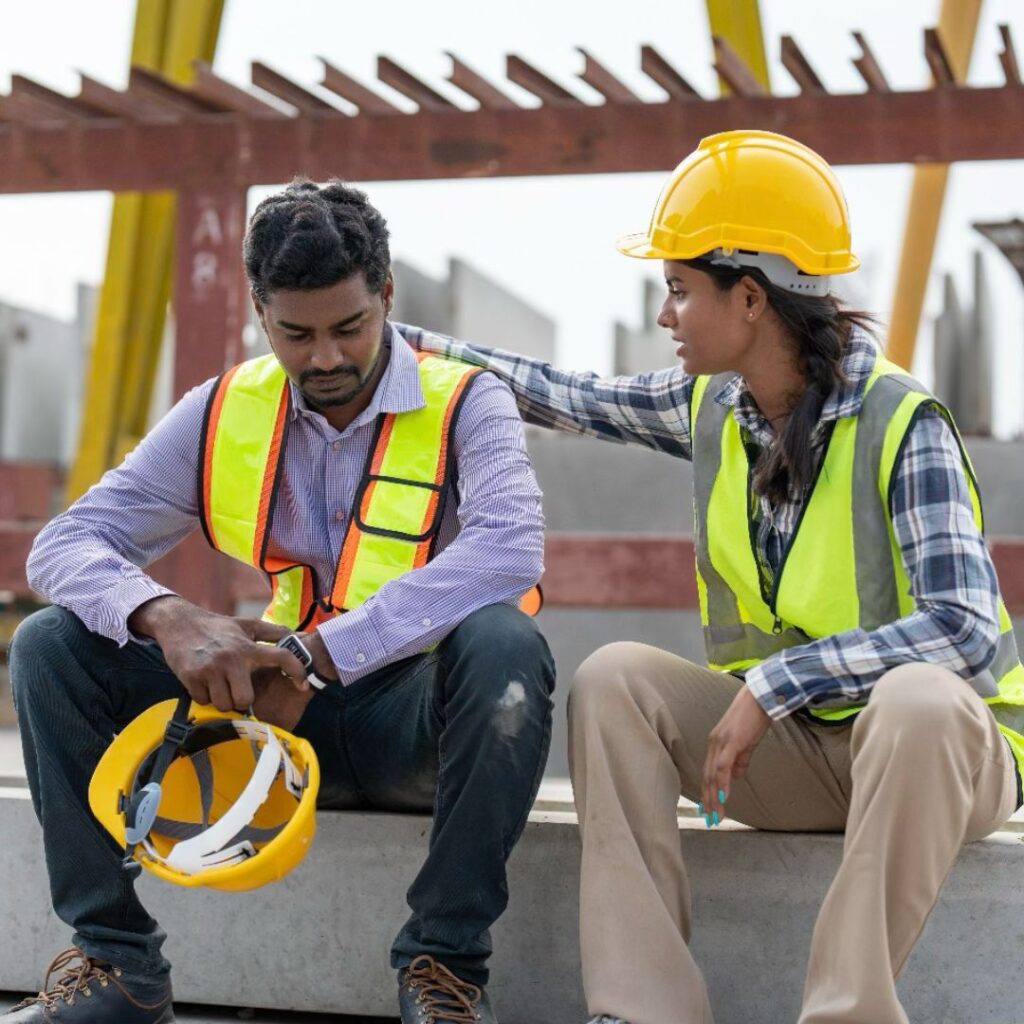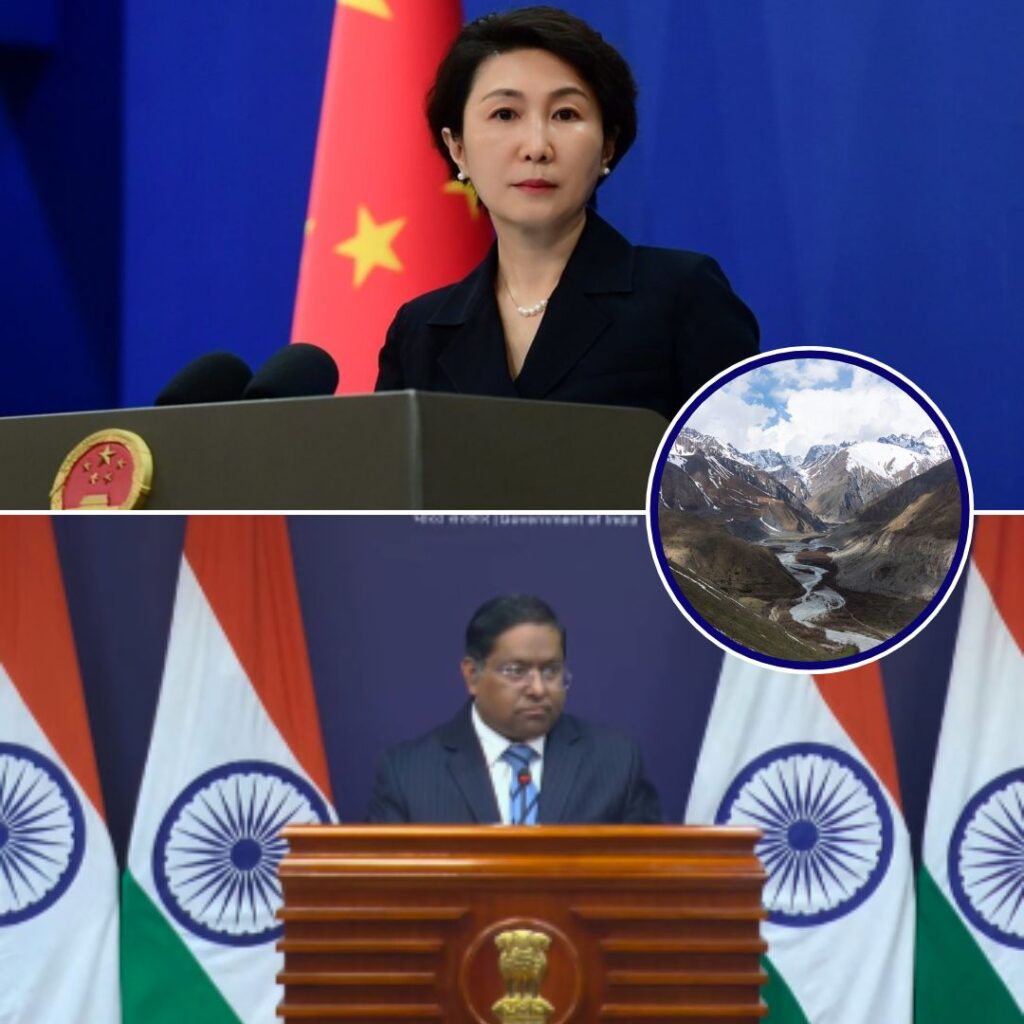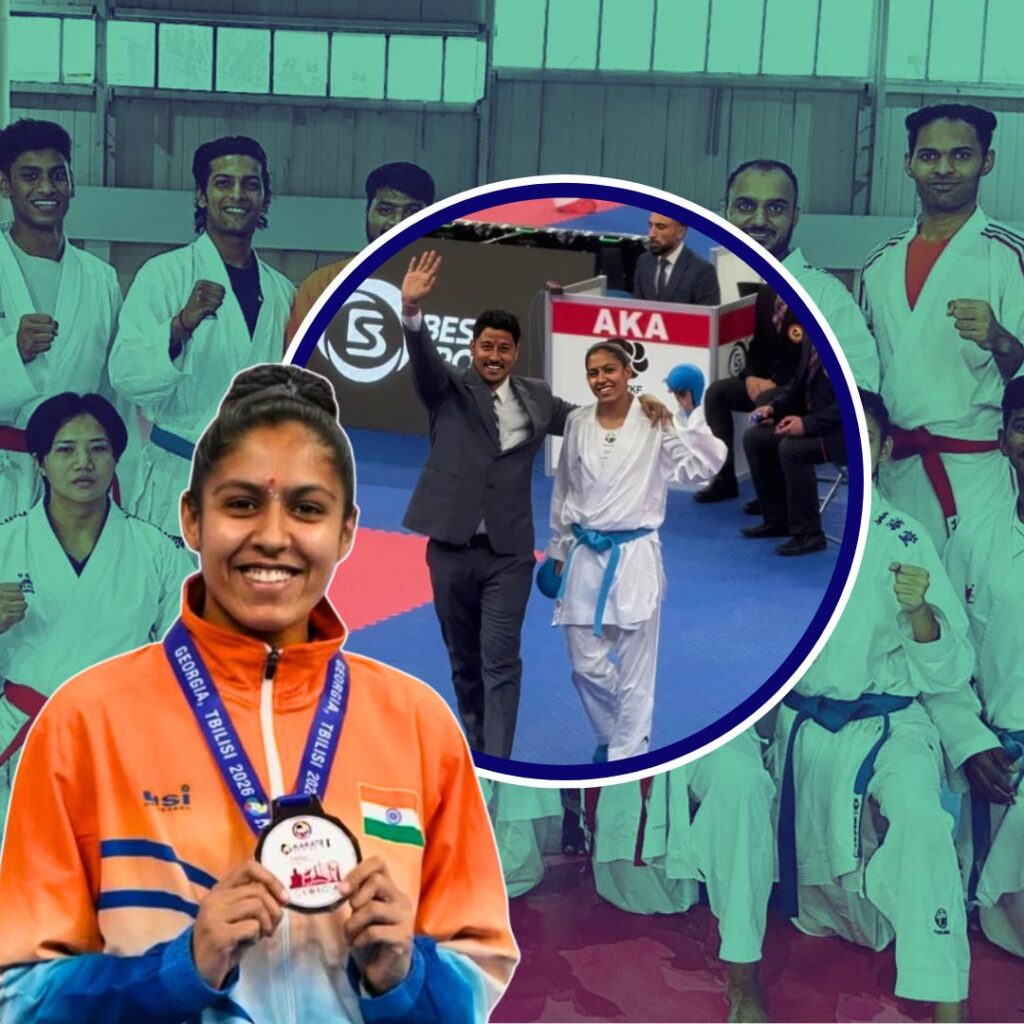The ‘experts of the cultural world’ in India have been fuming in rage over TMK’s comment on Carnatic music legend MS Subbulakshmi at a talk in Hyderabad at the launch of writer Volga’s Telugu translation of TJS George’s book M.S. Subbulakshmi:The Definitive Biography.
He was talking on culture and community and said that Subbulakshmi had distanced herself from her Devadasi past and had ‘brahminised’ herself to gain more acceptance with her audience.
It created a lot of furore as artists felt that there was no need to mix caste with art. They opined that there were more important issues that needed to be taken care of than talking about caste and its impact on music.
(function(d, s, id) { var js, fjs = d.getElementsByTagName(s)[0]; if (d.getElementById(id)) return; js = d.createElement(s); js.id = id; js.src = ‘https://web.archive.org/web/20200811002822/https://connect.facebook.net/en_US/sdk.js#xfbml=1&version=v2.11’; fjs.parentNode.insertBefore(js, fjs);}(document, ‘script’, ‘facebook-jssdk’));
1. Not everyone goes to school. 2. Manual scavengers still exist. 3. Hunger remains an issue. 4. Child abuse is as…
Posted by Anil Srinivasan on Thursday, November 30, 2017
Some of them said that to bring the question of caste into the the world of music is meaningless, because music,as a bigger power, will wash away all the differences.
(function(d, s, id) { var js, fjs = d.getElementsByTagName(s)[0]; if (d.getElementById(id)) return; js = d.createElement(s); js.id = id; js.src = ‘https://web.archive.org/web/20200811002822/https://connect.facebook.net/en_US/sdk.js#xfbml=1&version=v2.11’; fjs.parentNode.insertBefore(js, fjs);}(document, ‘script’, ‘facebook-jssdk’));
We have just received the UNESCO recognition and are in the throes of stepping into Marghazhi. The recognition happened…
Posted by Sudha Ragunathan on Wednesday, November 29, 2017
But, exactly here creeps in the question of ‘privilege’ that the upper castes are so skeptical of owning up to.
It is because of the innate sense of privilege that it is difficult for us to accept caste has anything to do with music and the fact that MS Subbulakshmi chose to get married to a Brahmin and left her Dalit background behind was for a reason.
To understand the matter in a nuanced fashion, let’s take a look at the politics of knowledge that works behind the music festivals in Chennai.
Chennai – a city of Carnatic music and much more
Come the month of December, Chennai decks itself up for the Marghazi (of the festival during the month of Maagh or winter) Festival that spans for almost six weeks.
It is touted to be the largest music festival in the world, with a total of around 1500 individual performances by various renowned and amateur artists across the span of one and a half months.
A number of large and small kutcheris (Carnatic music concerts) take place across the city and the best of the musicians perform there.The Marghazi festival also provides a stage to the rising stars of Carnatic music.
All those who have been exposed to Carnatic music in India and abroad make it a point to hit the city during this time to witness this festival.
Off late, another music festival has caught the attention of music lovers – Urur-Olcott Kuppam Margazhi Vizha.
The vizha made its debut in January 2015 at the Urur-Olcott Kuppam in Chennai.The motto of the music festival is about celebrating oneness among the various music and dance performances including that of Carnatic music, Kattaikuttu, Paraiattam and Bharatanatyam.
It is a counter cultural movement that has involved musicians, artistes, academicians, environmental activists and the local people of the area. This music festival aims at showcasing the ‘folk’ or ‘non-classical’ art forms that are often relegated to the sphere of oblivion.
This music festival is spearheaded by eminent Carnatic musician and writer, T.M. Krishna (TMK) and environmental activists like Nityanand Jayaraman and is due to make its presence felt in January, 2018 as well.
The classical and the ‘not-so-classical’ art forms
TMK, in his speech, had engaged his audience in a rhetoric where he asked if MS Subbulakshmi would be as dear to our hearts if she clung on to her Isai Vellalar caste? Would her music be so easily accepted by the society if she did not marry an affluent Brahmin?
He sought no answer from the audience, neither do we.
But does not there exist ample proof of the fact that Carnatic music belongs to the upper echelons of the society and the performers and the rasikas(connoisseurs) of this kind of music are considered to be the experts?
From the dresses worn by those attend these music festivals and the spaces in which they are being performed speak of upper caste superiority that needs to be acknowledged.
It is high time that we accept that Bharatanatyam was NOT a classical dance form that came out of nowhere and that it was appropriated from the Devadasis for the sake of prudery, ‘morality’ and a warped idea of ‘nationalism’.
Quite on the si…











